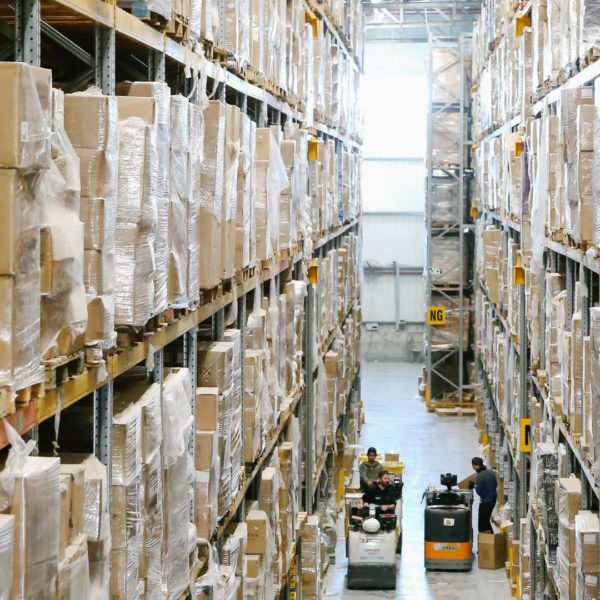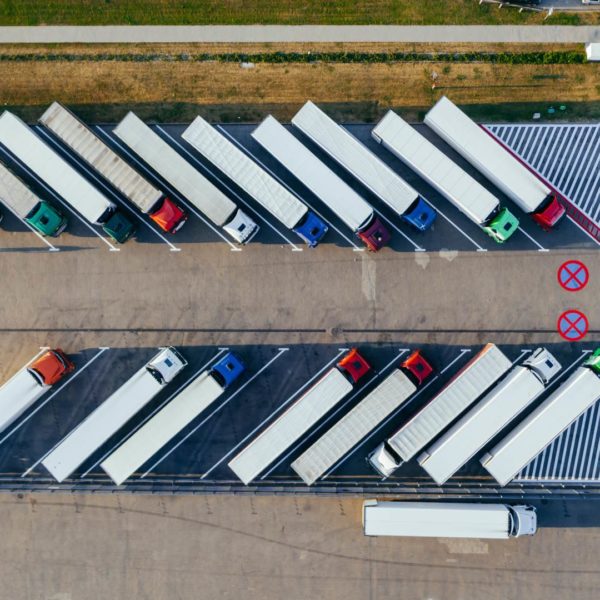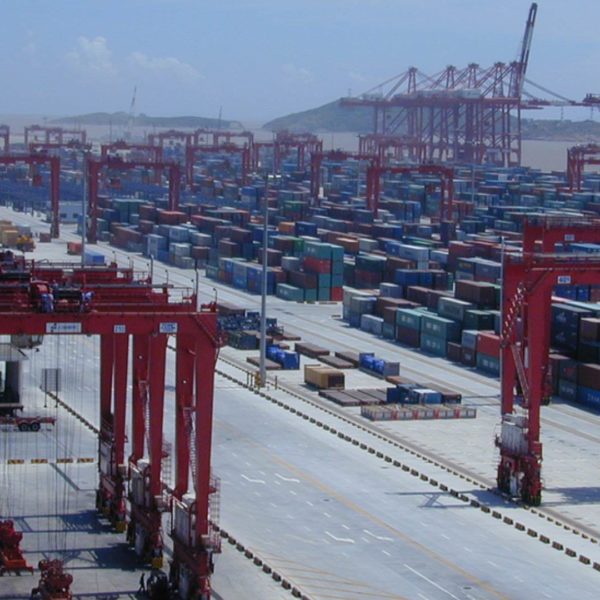The ongoing pandemic has in some way affected nearly every retailer, supply chain logistics firm, e-commerce store, and prompted widespread changes to inventory and supplier management. What types of challenges will supply chain leaders face in 2022?
Product Availability
The most fundamental problem is simply the availability of both finished products and raw materials which are needed to maintain sellable inventory. Drive by your local Chevrolet, Toyota, or Honda dealership and you’ll quickly see that even massive multi-billion dollar global auto manufacturers have been hit extremely hard by a lack of components to deliver finished autos. With all of these brands, it’s typically been cited as a lack of microchips that are required to power a modern auto’s various electronics. Time will tell how long it takes for these supply chain issues to be rectified, with several solutions being implemented. While there is talk of producing microchips domestically, this will take half a decade at minimum before a new domestic facility is up and running, additionally, this won’t deliver the necessary volume.
Inventory shortages are a wide-spanning problem, hitting firms ranging from grocery providers to smaller e-commerce firms. Figuring out how to diversify a supplier base, and order replenishment stock much earlier than in years past is a common approach many brands are taking to help alleviate these problems.
It’s hard to tell how long these problems will last, but with ongoing covid outbreaks, new variants, and port congestion issues, it’s unlikely to be resolved in 2022. Many auto brands have predicted 2023 as the year to hopefully return to normal.
Labor Shortages
It’s no secret that many firms are simply unable to hire enough new team members to fill company vacancies or add to the company staff to expand or adjust operations. This is a significant problem not confined to the supply chain industry, and one that won’t be easy to solve.
The added pressure of covid breakouts only makes this situation worse, as there’s always the possibility that a number of employees will at a moment’s notice be required to quarantine.
How should supply chains and retailers deal with this? – It’s hard to say, but placing a significant value on retaining your current employees is many times the path of least resistance. Depending on the job you are hiring for, hiring remotely can also be an option, opening up the application to a much wider range of applicants.
Dealing with High Prices
If you have bought nearly anything recently you’ll have noticed that prices have increased quite a bit depending on the item. Any type of vehicle, tractor, or truck whether new or used has risen in price a lot, as have groceries.
Typically how retailers handle input price increases while maintaining profitability is to raise the final price to consumers, but even then, often margin compression is happening.
This is a tough situation over the long haul and results in inflation. Combating these issues is not a simple task while demand outweighs supply. Over time, of course, supply will expand, but this won’t be quick, with steady and very high consumer demand overshadowing any effort to return to normality.
Freight is also 50-200+% more expensive than in 2019. Throughout 2018-2019, there were industry articles referencing a freight recession, with domestic and international container/trucking pricing down and carriers facing trouble staying profitable. This is not at all the case anymore, with the freight cost to import items from overseas suppliers in many cases at least double what previous pre-pandemic prices were. There are numerous factors at play causing this, again factory shutdowns, covid labor disruptions, imbalances within shipping firms, a lack of truck drivers, and cargo ship backups at ports are a few among many.
It will likely be the 3rd or 4th quarter of 2022 at earliest for ocean shipping prices and transit times to return to normalcy.
Future Investments
How can supply chain disruptions be prevented in the future? This is the question supply chain teams are being tasked with answering for nearly every brand imaginable. There’s no simple one fits all answer as supply chains are highly diverse based on each firm’s unique operations, but a few core ideas that will be the center of conversations are:
- Implementing more Technology
- Supplier Diversification
- Freight Provider/ Freight Mode Diversification.
- Inventory Management and Levels
More technology can give supply chain managers better and quicker knowledge when issues arise while diversifying freight provider, mode of transport, and supplier base will prevent one isolated incident from wrecking the whole supply chain.
Just in time inventory strategy is the most capital efficient way to manage inventory, but when supply chains can have unpredictable lag, it might not always be prudent to keep inventory levels so low. For many firms, they are actively trying to increase inventory levels, but consumer demand coupled with supply chain disruption has made this nearly impossible.



